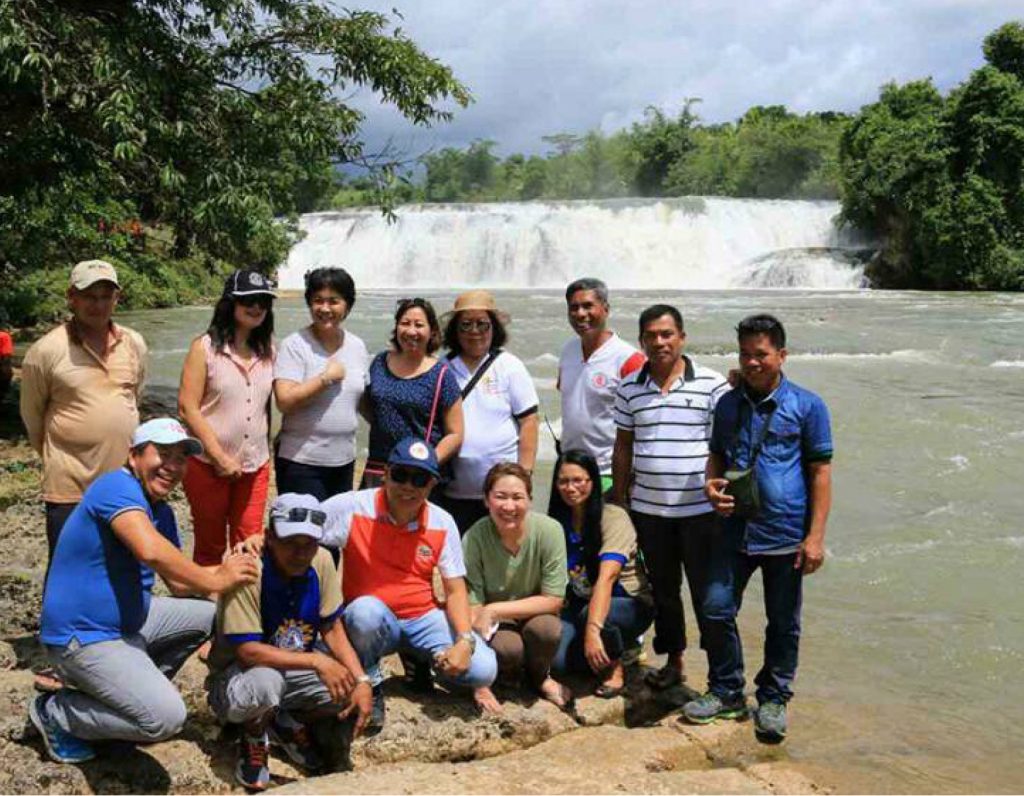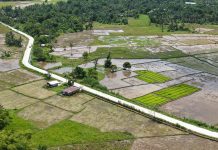
(photo courtesy Gov. Sharee Ann Tan Facebook)
As one of the country’s poorest provinces
CATBALOGAN CITY- The provincial government of Samar is targeting to reduce its poverty level to about 30 percent from its current level of almost 50 percent.
The target to lower its poverty level could be achieved within the five-year period, said provincial administrator Mario Quijano.
Quijano said that the provincial government under Governor Sharee Ann Tan could achieve the target through its Spark Samar Program.
The program, launched by Tan in 2015, aims to develop the tourism industry of the province but at the same time, giving focus in providing farm-to-market roads, health, livelihoods, agriculture, and irrigation.
“There is an integrated approach to development which the (provincial) government created for its implementation to be in unison,” Quijano, who also acts as the coordinator of Spark Samar Program, said.
Initially, the Spark Samar Program focuses on tourism-ready towns of Basey, Marabut, and Paranas but is expected to reach other towns in the province.
Samar is considered to be one of the country’s underdeveloped provinces with its poverty incidence placed at 49.6 percent in 2016.
Quijano heads the project management office (PMO) that oversees the implementation of the projects, including evaluation and ensuring the completion of the project.
The office is in charge in looking for funds for the projects from national line government agencies, organization or foreign-assisted funding if the provincial government has no capacity to implement it due to budget constraints.
Quijano added that to ensure the success of the target, the provincial government is putting emphasis to health by improving health services referral from rural health units to hospitals.
“We need to bring health to the rural areas, to the poorest of the poor; to the farthest barangays and this is a big challenge for all of us,” Quijano said.
(ROEL T. AMAZONA)



